What to plant in March: 10 ideas for brightening your plot
Our top tips for what to plant in March will give you a garden full of color in the months ahead


When deciding what to plant in March, it really does depend on the month’s weather. The English are fond of saying that March ‘comes in like a lion and goes out like a lamb’, meaning it straddles the change from winter to spring.
But it can also work the other way, so when you are planning what to plant in March you need to check the forecast and be prepared for all eventualities! Generally speaking, however, things are moving up a gear in the garden and the warmer soil, dampened by spring showers, is a welcoming home for new plants, bulbs and seeds.
Do be cautious about more tender varieties when considering what to plant when, as we are not completely out of the woods weather wise. If you have a long list of less hardy varieties to plant this month you will be better off starting them undercover.
Our top 10 options for what to plant in March
Here are our top 10 favorites for what to plant in March, though whatever you decide to add to your flower beds, borders and pots in the next few weeks you are sure to reap the colorful rewards later this year.
1. Annual climbers

Annual climbers are fantastic and easy things to plant in March and are guaranteed to add color and an extra dimension to your garden. There are so many to choose from too:
- Fiery nasturtiums are a traditional favorite, and worth growing as companion planting near your vegetable patch as they will attract cabbage white butterflies and deter them from your precious crops.
- For more subtle colors, try Cobaea scandens, cup-and-saucer vine or cathedral bells. These have large, bell-shaped flowers and lush foliage and may even survive the winter in a sheltered spot and well-mulched bed.
- Sweet peas are a traditional favorite and will fill your garden with summer color.
- Black-eyed Susan, or Thunbergia alata, is a joyful choice with petals in shades of yellow, orange and peach surrounding a drastic dark eye.
- Morning glory is striking and easy to grow.
- Spanish flag, or Ipomoea lobata, has cascades of flowers that start red and fade to cream.
Top tip: Sow annual climbers in trays, pots or modules of dampened seed compost. Germinate them in warmth and light and pot on the seedlings when they are large enough to handle safely, growing them in individual containers until they are planted out later in spring.
2. Forced bulbs
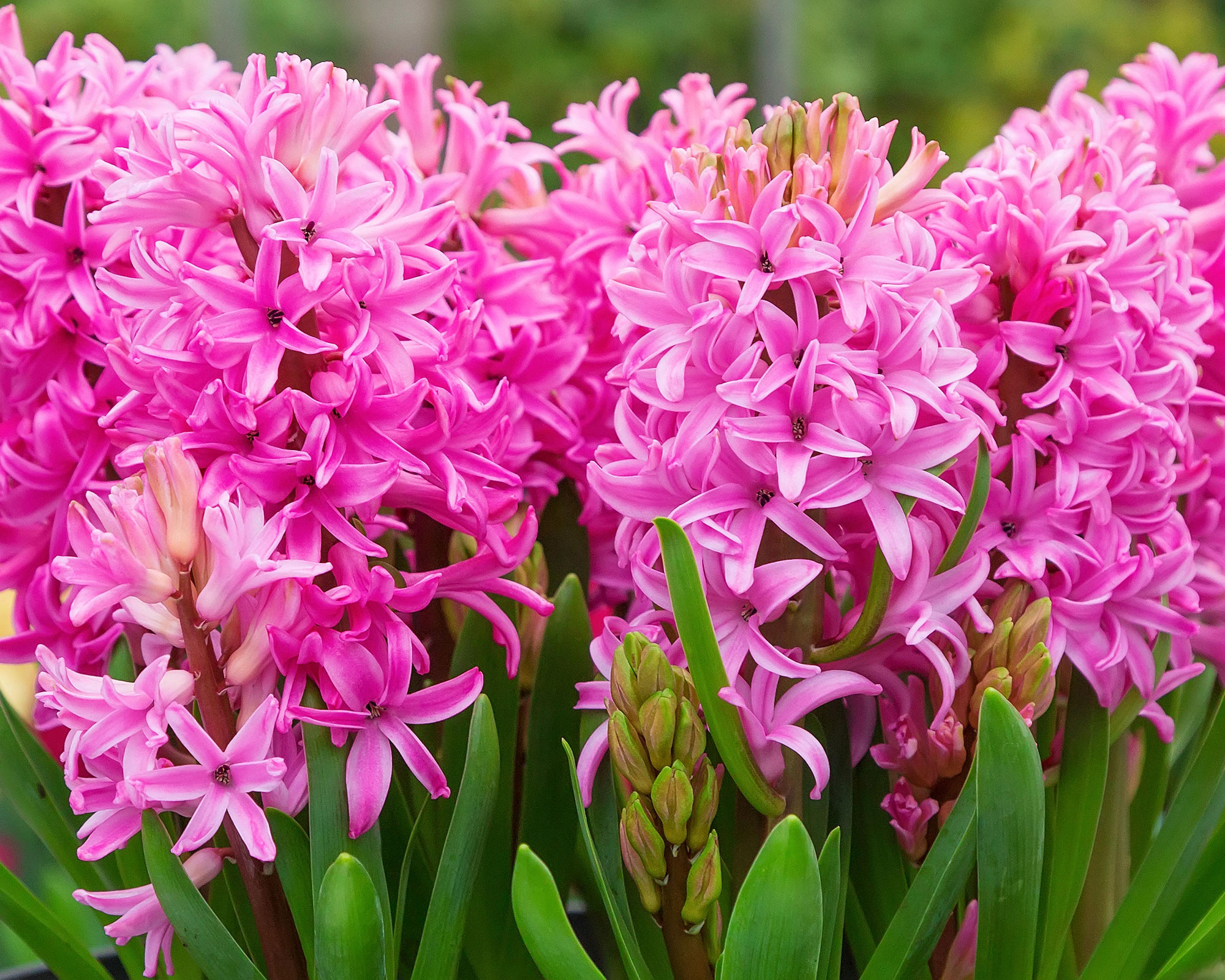
Forced bulbs such as hyacinths are a wonderful way of bringing color and scent to your indoor garden ideas in the darkest days of winter. So if you forced bulbs indoors this winter, don’t just chuck them away once they have gone over – give them a second lease of life in the garden.
Forcing takes a lot out of the bulb, so they are unlikely to flower again as strongly the first year, but after that they will return with increasing vigour. Once they have flowered indoors, deadhead flowers and leave them somewhere for the leaves to die back and feed the bulbs. Alternatively, you can plant them out with the leaves still strong and green so they die back in situ.
Then plant them out in a sunny, sheltered spot or somewhere with dappled shade and they will flower in spring, giving you early color and delicious scent.
Remember that hyacinth bulbs are renowned skin irritants, so always wear gloves when handling them.
Top tip: Most forced bulbs are suitable for outdoor planting, though not ‘Paper White’ narcissus as they are tender. Instead, deadhead faded flowers and let the leaves die back then dig up the bulbs and store them somewhere cool and dry. They can be replanted next fall in containers for indoors.
3. Petunias
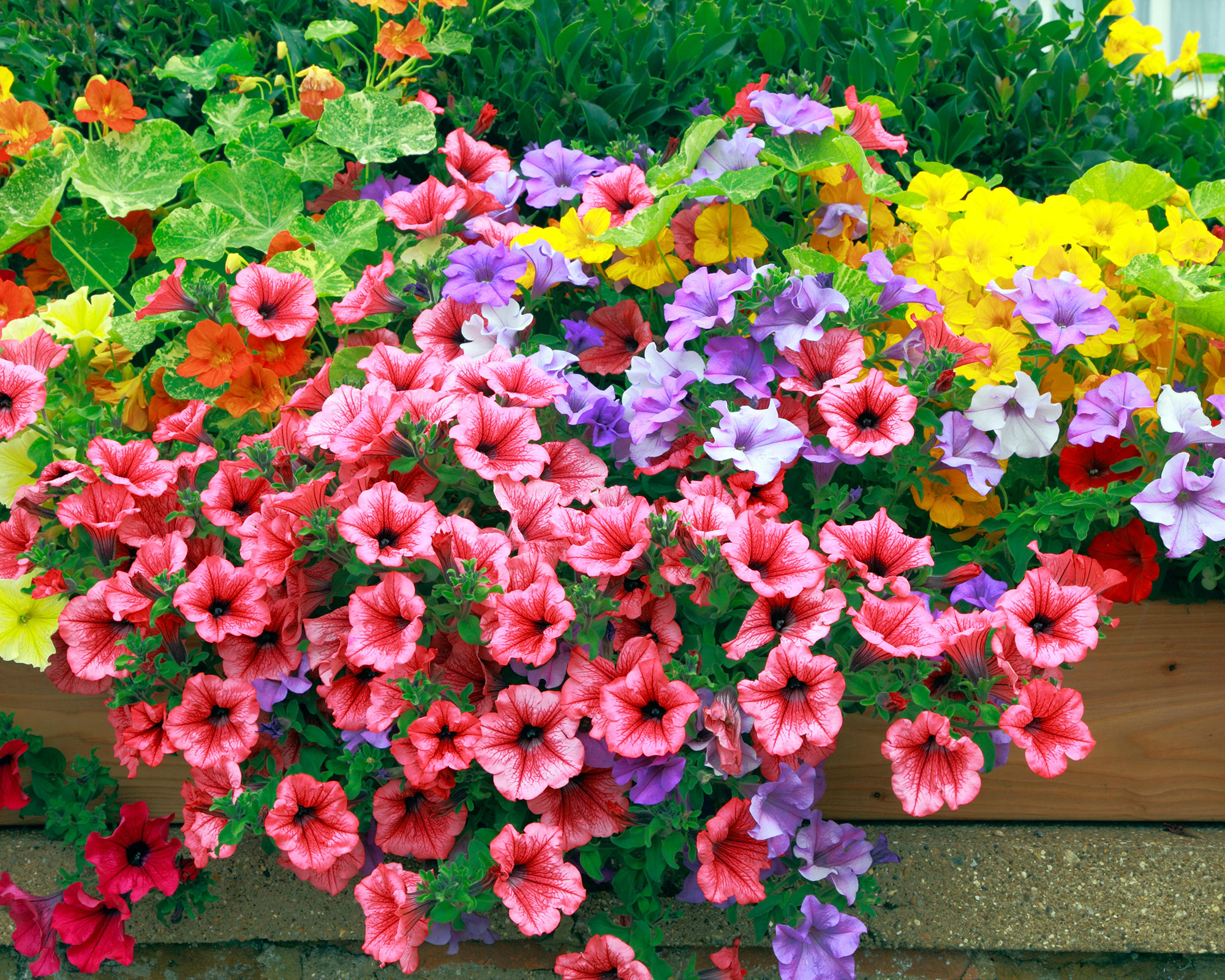
Petunias never seem to go out of fashion and such is their popularity that new, gaudier incarnations of this popular trumpet-bloomed plant appear every year.
They are an integral part of many people's spring container ideas and you can save yourself money by growing yours from seed.
Sow the seeds now to get robust plants this summer. Then prick them out when they have developed their first sets of ‘proper’ leaves, as opposed to the little germination leaflets, and grow them on in individual pots.
When the threat of frosts has passed, gradually acclimatise the seedlings to external temperatures then plant out in baskets and containers to delight you through the summer.
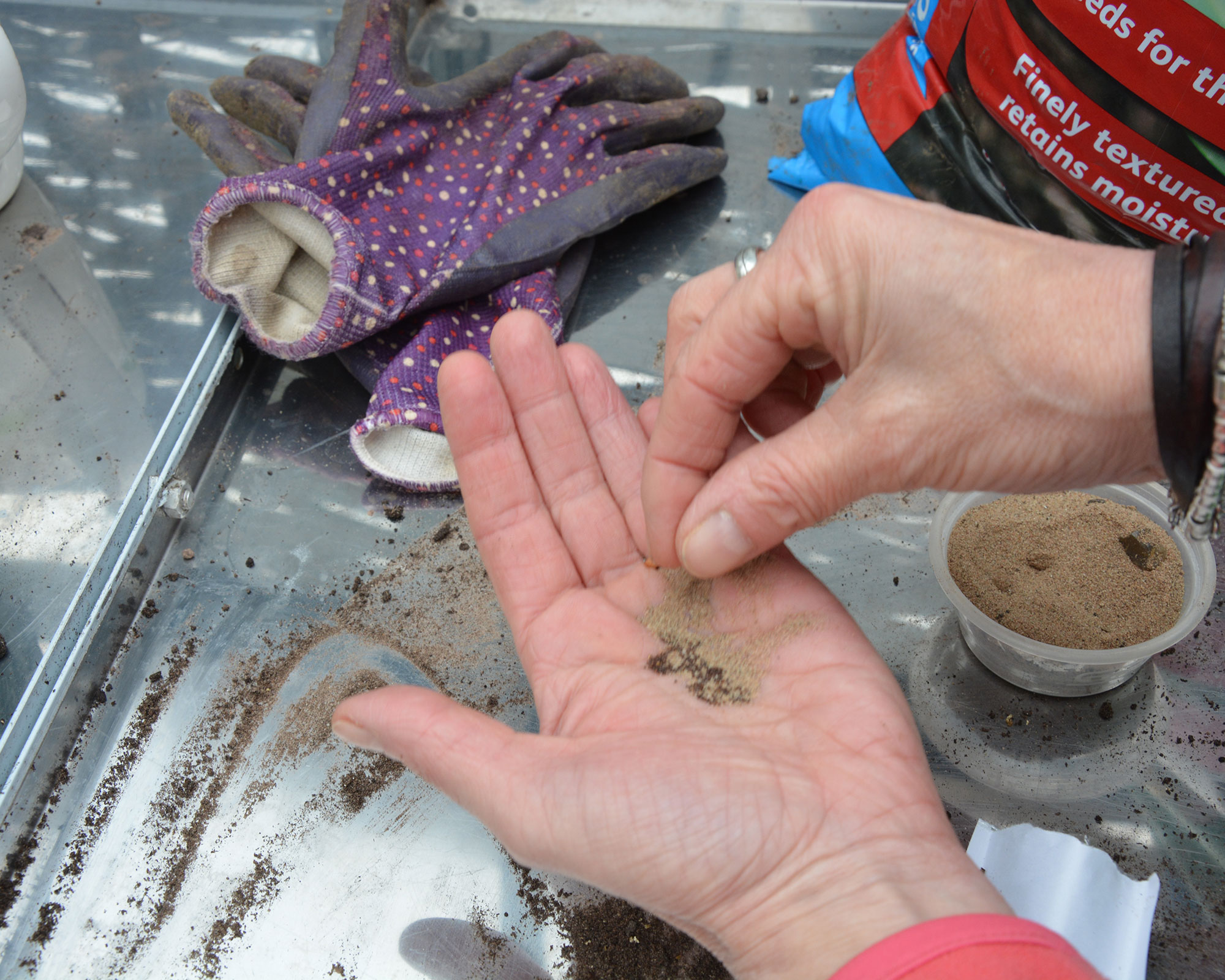
Petunia seeds are tiny and quite difficult to sow thinly. If the resulting seedlings are a little crammed together they can be at risk from damping off disease, a fungal infection that can devastate trays of overcrowded young plants.
Make life easier for yourself by mixing the seeds with a pinch of horticultural sand and sprinkling the mix evenly over the compost.
Because the seeds are so tiny, don’t cover them with compost or vermiculite. Instead just add a lid to the tray or cover it with cling film.
Top tip: Place the seed tray on a light, warm windowsill and remove the lid of cling film after germination so that fresh air can circulate around the seedlings.
4. Heleniums

While I love the restful hues of a garden border of blues and mauves, I’m also a sucker for more fiery shades of summer. Sunflowers, day lilies, dahlias and lilies all pack a powerful punch in summer. As, of course, do heleniums, summertime bobbydazzlers that thrive in a sunny spot with soil that is good at retaining moisture.
Heleniums, also charmingly known as sneezeworts, are daisy-like flowers, similar to echinaceas, that produce blooms in fiery reds, yellows and oranges. They look stunning planted in drifts through a border and are an excellent accompaniment to different types of ornamental grass and red hot pokers.
For the best results, site them in a sunny spot that gets lots of sunshine. Dig in lots of well-rotted compost and manure first, not just to enrich the soil but to help it hold onto moisture through the height of summer.
Feed with a high-potassium fertilizer during the flowering season and deadhead regularly.
Top tip: Although heleniums are relatively pest free they can fall foul of the disease leaf spot. This can be treated with a fungicide and by removing and binning affected leaves.
5. Wildflowers

One of the greatest things we can do with our gardens is to create a wildlife-friendly space, whether by feeding birds, rewilding an area where creatures can forage and hide, and choosing plants that will benefit pollinators and the birds and animals that feed on them.
If you are thinking about what to plant in March, you can create a colorful splash and help birds, bees, butterflies and other creatures by sowing a mix of wildflowers.
Most seed companies sell ready-prepared mixes and they usually contain a beautiful combination of seeds including field poppies, cornflowers, corn cockles and campions. At this time of year the conditions are right for them to be sown directly where you wish your flowers to grow.
To plant a wildflower meadow, first create a seedbed, raking the soil to break it up, removing stones, weeds and other debris. The ideal texture is like a crumble topping - light and airy. Water the area and then scatter the seeds as thinly as possible. Most wildflower seeds are a good size so this should be fairly easy.
Then cover the seeds with a thin layer of soil, and firm it down gently with the flat head of a rake. Label the area so the seeds aren’t accidentally disturbed and scatter some pepper dust over the top to keep pets and pests at bay.
6. Agapanthus

For versatility and long-lasting beauty, look no further than agapanthus. These South African lilies are one of our most popular summer flowers and will flourish in cooler climates of the northern hemisphere.
Plant in March and they should flower this summer, their tall trumpets of flowers in white and every imaginable shade of blue held on tall, robust stems.
Agapanthus are either deciduous or evergreen, and the evergreen ones are less hardy and will need more winter protection in the UK and colder states of the US.
Both varieties grow well in borders as well as in garden planters – in fact they can do better in pots because they like their roots crammed in.
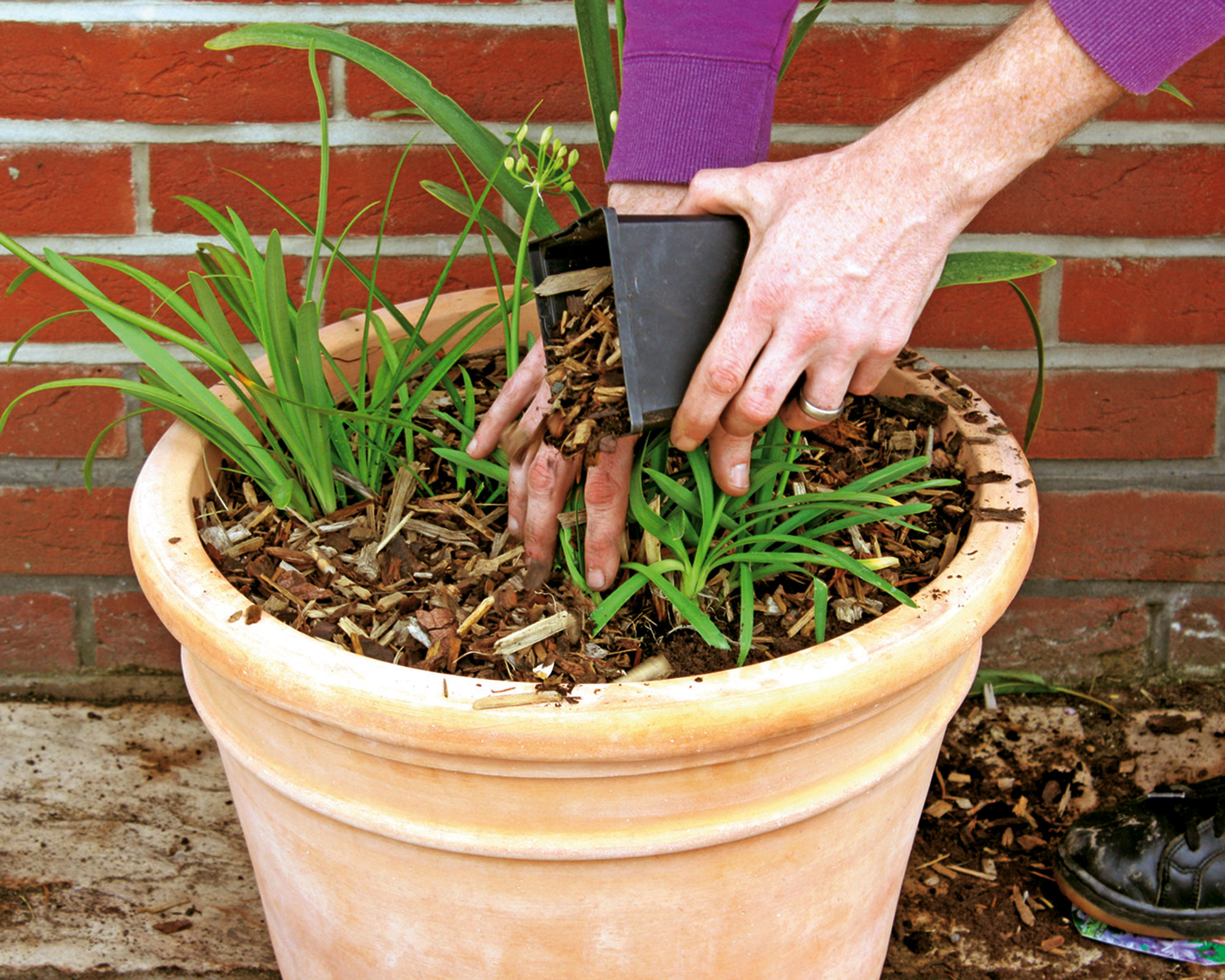
When planting, set them in the ground so the tip (or ‘nose’) of their tuber is about 2in (5cm), below the soil. If you garden on clay or your land is prone to waterlogging, you are better off planting agapanthus at the same depth in a container as they will be at less risk of rotting.
Water them regularly and feed at the start of the growing season with a granular fertilizer. Container-gown plants need fortnightly feeding with a liquid tomato fertilizer that is rich in potassium to boost blooming.
Tip tip: Although we usually recommend deadheading plants to encourage more blooms, agapanthus seedheads are very pretty and look stunning in winter when touched by hoarfrost.
7. Half hardy annuals
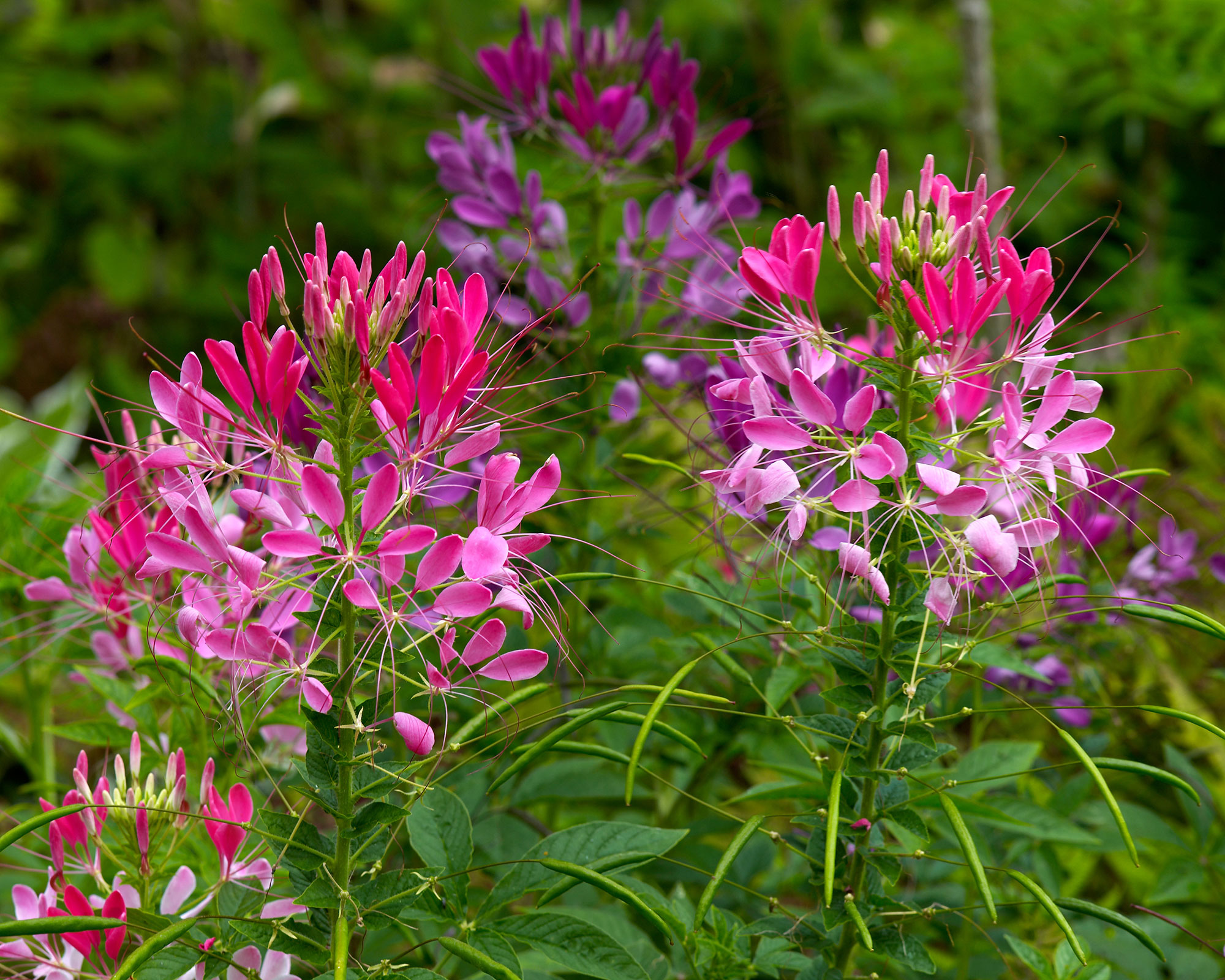
While hardy annuals can be sown outside now, especially towards the end of the month, half hardy annuals are not frost-tolerant and should still be started in a greenhouse or on a warm windowsill indoors that gets plenty of light.
Half hardy annuals are an easy and economical way of bringing lots of color to the garden and varieties include different types of cosmos, nicotiana, cleome, tagetes and zinnia.
They are ideal to plant in March because with careful nurturing they should be ready to go in the garden in mid spring when the frosts have finished, and will bloom beautifully this summer.
Sow as thinly as you can in trays or modules filled with dampened seed compost, then germinate them in a greenhouse or on a windowsill.
The seedlings can be potted on into individual containers of compost when they are large enough to handle with care. They can then be grown before being hardened off – acclimatized to outside conditions – and planted where you want them to make a splash.
Top tip: Tagetes or French marigolds are a useful companion plant. Grow them close to your veg crops in your kitchen garden and not only will they attract pollinators, they will also deter pests such as white fly that can’t stand their scent!
8. Salvias
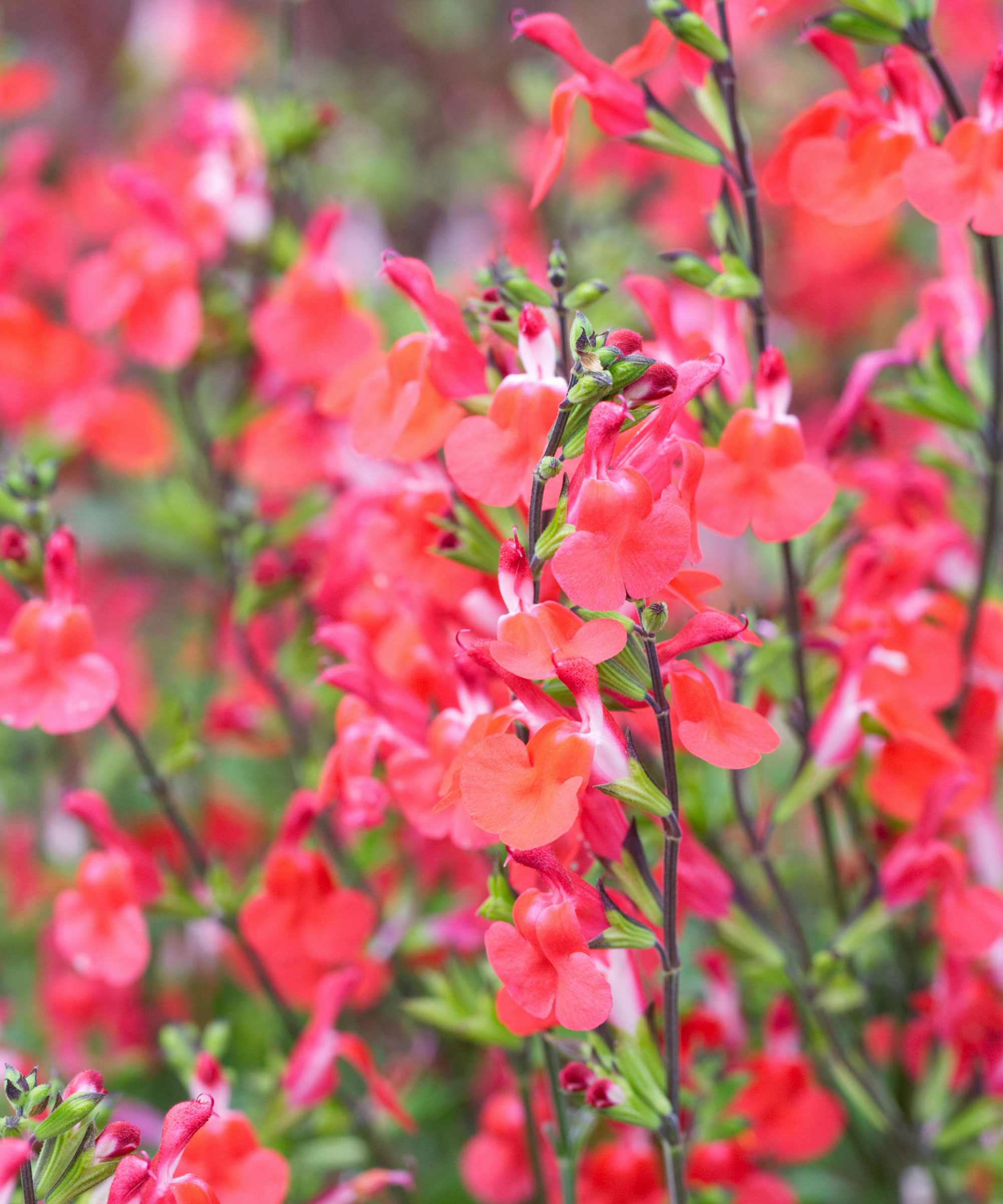
Take the time to learn how to grow salvias and you won't be disappointed. Salvias, or ornamental sage, are one of my must-have plants. Their spires of flowers range from palest mauve to the most striking scarlet, and are long-lasting and look stunning among other summer garden plants.
There are four main varieties of salvia: annuals that are heaved up and composted at the end of summer, herbaceous perennial plants that come back year after year, tender perennials that really need overwintering undercover and shrubby salvias that are largely hardy but may need some winter protection.
Plant in March for this summer, as I have done, by growing some from seed. This means you will have plenty of plants and you can keep some undercover or even in a DIY cold frame as an insurance policy if those in the ground succumb to a cold, wet winter.
Salvias thrive in a sunny spot in fertile soil and once they are in they need little aftercare as they are pleasingly drought-resistant.
Top tip: When planting, give your salvia a trim as this will encourage it to throw out lots of bushy, flower-filled shoots.
9. Sea holly
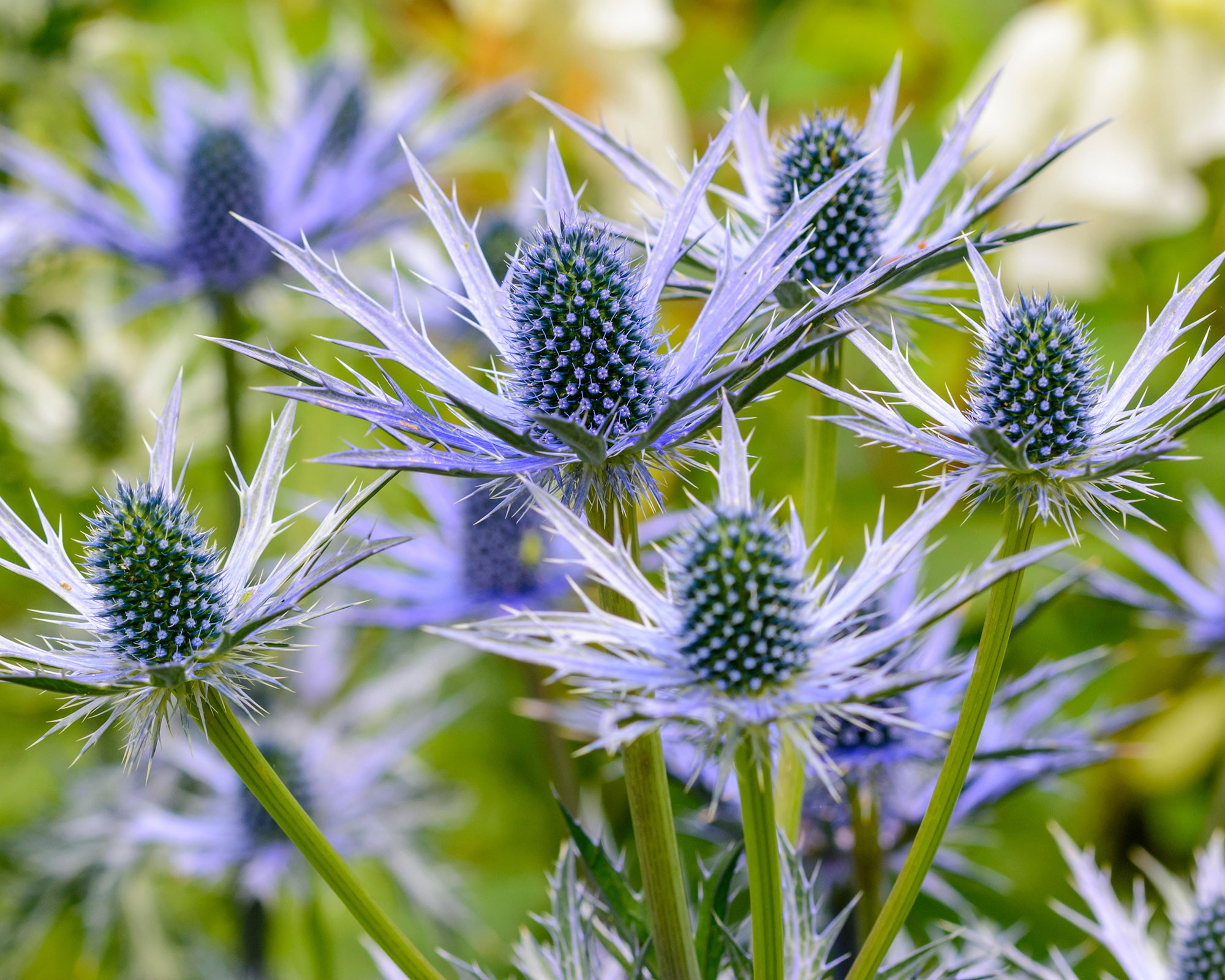
Last spring I planted a sea holly in the garden and this year I am going to plant more. These glorious plants, also known as Eryngium, are one of the most unusually stunning perennials. Tough, drought tolerant plants, they are ideally suited to maritime plots though will thrive anywhere, attract pollinators and their unusual flower heads are worth keeping through winter for decoration.
The one I planted had brilliant, electric blue blooms and stems that held their color until well into fall. There are more than 250 varieties of sea holly and their colors range from sober greys to zinging blues. Their tough leaves and spiky flowers mean they are relatively pest-free, but they can succumb to cold, wet soils in winter and are best planted somewhere dry.
They suit all sorts of schemes, from garden gravel ideas to lush herbaceous borders and thrive in a sunny spot. They also self-seed relatively easily, so by buying one plant you can find yourself with two or three once they mature.
Top tip: Eryngium flowers look beautiful fresh and dried in indoor arrangements but do take care as they are prickly (and best planted away from border edges).
10. Poppies

There is a poppy for every place, which makes them an ideal candidate for what to plant in March.
If you're interested in learning how to grow poppies, field poppies are hardy annuals that can be sown now and opulent Oriental poppies are absolute show-stoppers with their voluptuous papery petals.
I’m a big fan of Iceland poppies (Papaver nudicaule) which are short-lived perennials usually grown as annuals. Their petals are sunshine on stems, a joyful mix of yellow, white and orange with jaunty yellow centres.
Or how about beautiful blue Meconopsis, the Himalayan blue poppy that thrives in cool, shady spots and is well-suited to damper areas of the garden.
Most poppies can be grown from seed, but Oriental varieties are best bought as plants. They should also not be allowed to set seed as this weakens the plant, while other varieties will self-seed easily,
In fact, they can become almost too prolific, so unless you want a garden full of poppies, deadhead them before the seed capsules ripen.
Top tips: Poppies are generally free from pests and diseases, though Oriental varieties can suffer from powdery mildew in spring and summer. Remove diseased plant material and bin any leaves that have fallen onto the soil to prevent the spores lingering on.

Ruth is the gardening editor of Amateur Gardening magazine and spends her working days carrying out, writing about and photographing the tasks the readers should be carrying out each week, as well as testing many of the new products that arrive on the gardening market. She is horticulturally trained, with a qualification from the Royal Horticultural Society.
